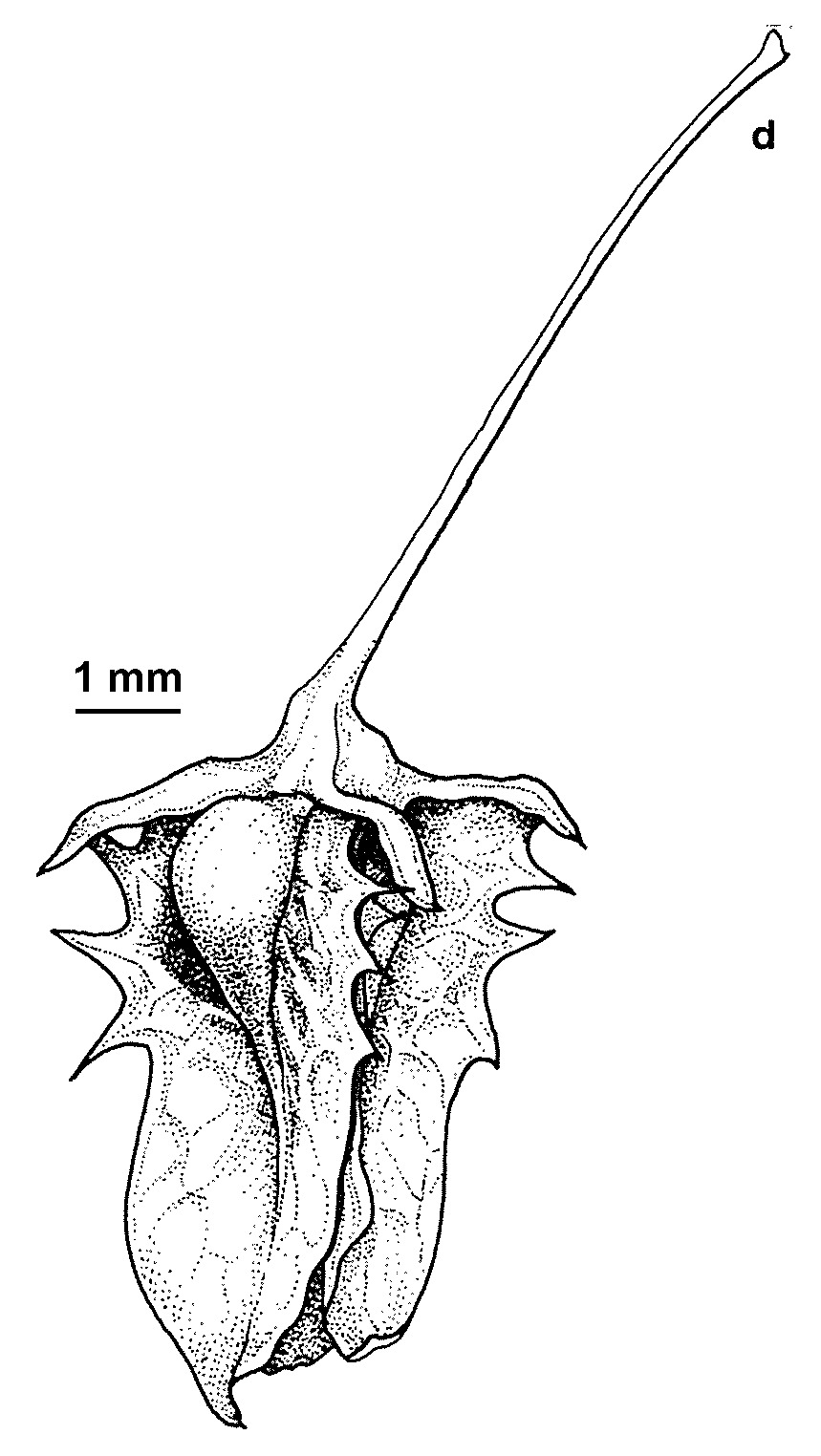Rumex obtusifolius subsp. obtusifolius
Broadleaf DockPerennial with erect stems to c. 1 m high. Basal leaves usually with petioles longer than lamina; lamina oblong-ovate, 12–30 cm long, 6–15 cm wide, cordate at base; margins plane or undulate; upper leaves reduced, relatively narrower than basal ones, and with non-cordate bases. Inflorescence often c. half the height of the plant, branches more or less erect, usually simple and subtended by a leaf; flower 'whorls' mostly separated by c. 1–10 cm, the lower ones usually subtended by a small leaf. Fruiting valves ovate, trullate, triangular or nearly oblong, 3.5–7 mm long, 2–3 mm wide (excluding teeth), reticulate, 1–3-toothed near base (rarely almost entire), usually only 1 valve developing a rounded callosity up to c. one-third as long as valve; fruiting pedicel c. 1.5–3 times as long as valves, jointed in the lower third. Nut 2.5–3.5 mm long. Flowers mainly Dec.–Mar.
GleP, VVP, VRiv, MuF, GipP, OtP, Gold, CVU, NIS, EGL, EGU, WPro, HSF, HNF, OtR, Strz, MonT, HFE, VAlp. Native to most of Europe, south-west Asia. Occurs in relatively cool regions of the State, mostly south of the Dividing Range, in ditches, beside creeks and drains etc.
4 subspecies of R. obtusifolius are recognized, but all Australian collections appear referable to subsp. obtusifolius.
Walsh, N.G. (1996). Polygonaceae. In: Walsh, N.G.; Entwisle, T.J., Flora of Victoria Vol. 3, Dicotyledons Winteraceae to Myrtaceae, pp. 272–295. Inkata Press, Melbourne.
 Spinning
Spinning